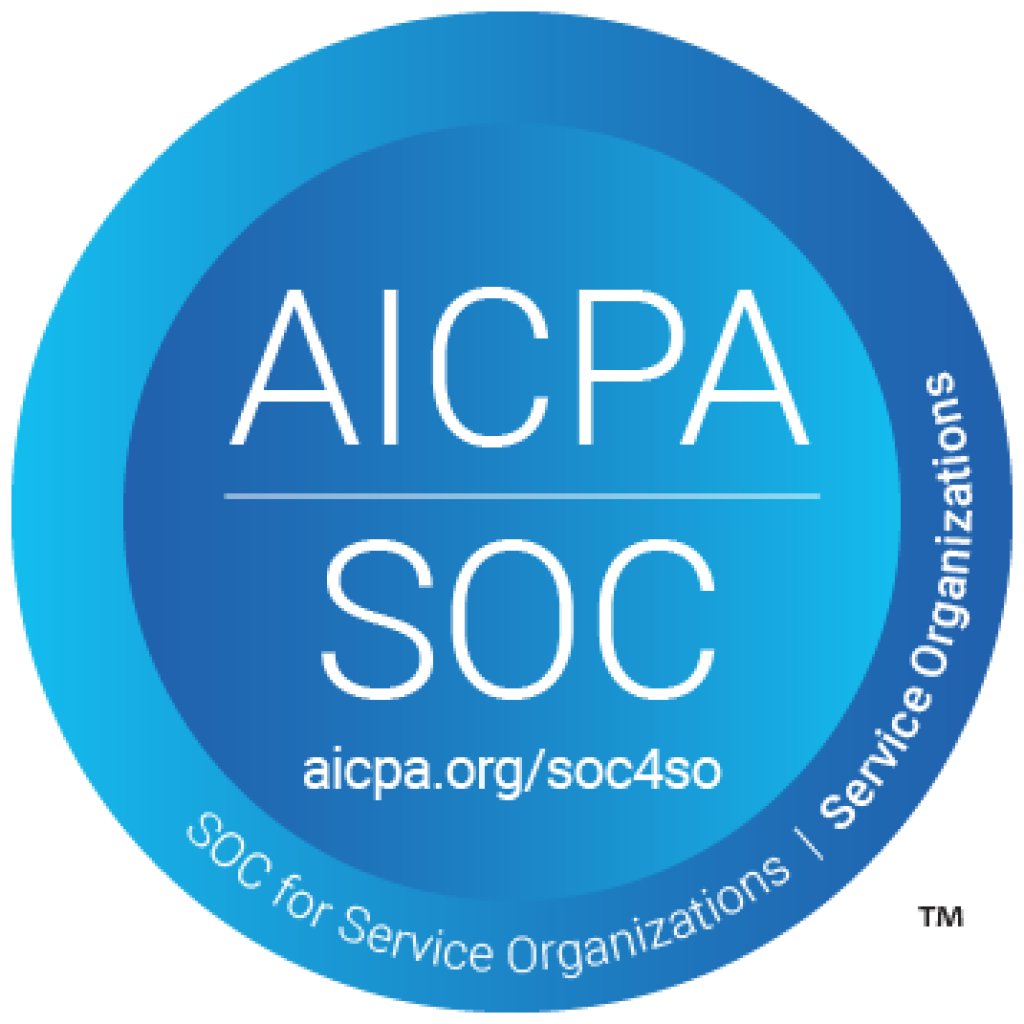5 Tips for Creating SOPs for Healthcare Organizations
Standard Operating Procedures (SOPs) in the healthcare industry are essential.
Organizations need to develop quality systems, but following these practices helps improve efficiency and productivity.
Keep in mind that developing SOPs is a process that takes time. It would be best if you focused on the minor aspects of your organizational goals and practices. Dedicating the time and attention to create quality SOPs can positively affect your organization as a whole.
Here are a few tips to consider if you are creating or improving SOPs for your healthcare organization:
#1: Identify Important Processes
Start by brainstorming a list of all of the tasks and processes that happen regularly in your office. Then, work with managers and supervisors to ensure your list encompasses everything that is happening regularly.
Next, review the list to prioritize the processes that have the most impact on profitability, productivity, and effective workflow. You are going to find that several processes can be combined.
Identifying the critical processes helps to prioritize your focus. The goal of creating SOPs isn’t to create SOPs for every function in the organization. Instead, you should start with the highest priority processes and go from there.
#2: Work with Frontline Managers
High-level management often overlooks some of the nuances that are happening on the frontlines. Make sure that you engage managers and employees at all levels in the SOP creation and review processes.
This team approach improves the overall SOP quality, giving you processes designed to match the needs of your team members and patients.
#3: Writing and Publishing SOPs
Create a template, then write out the details for your new SOP. It’s common to work through multiple drafts when dialing in the specific processes for each system. Every SOP needs to be documented in written form, with copies available for review as needed.
Also, make sure that other team members review the drafts before publishing. Ask others to check for accuracy and completeness – ensuring that the new systems are achievable and manageable.
#4: Train the Staff
Now that your new SOP is ready to go, it’s time to get the staff members on board. Just writing and publishing an SOP doesn’t mean that staff members will follow the new system. You must train people on the latest operating procedures and get everyone to buy into the updated plan.
Help team members capture the vision so they can see the benefits of implementing these SOPs. For example, if you create improved procedures for new patient onboarding, then help staff members see how much time and effort is being saved in using a digital system instead of the outdated manual paperwork. Since the new processes benefit patients and staff alike, the team will be more willing to implement the new procedures.
#5: Measure and Follow-Up with Formal Reviews
Once your new SOPs are in place and you begin moving forward with the new systems, it’s essential to follow up with a formal review process to achieve the desired results. Evaluate the implementation of these SOPs, how the processes affect employees and the outcome for patients.
The best way to review SOPs is by having a measurement system in place to track the results. Measuring actions and outcomes shows you whether the initiatives are effective. In addition, ongoing measurements shed light on how the activities progress over more extended periods.
These reviews keep communication open, so management can adjust the processes as needed. When feedback is received, use this information to identify opportunities for improvement.




